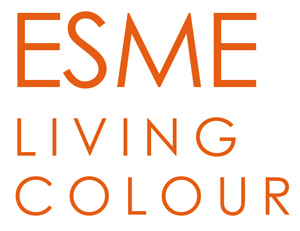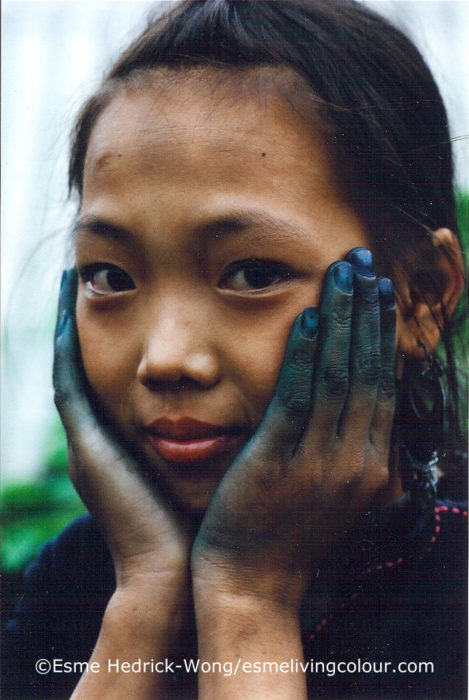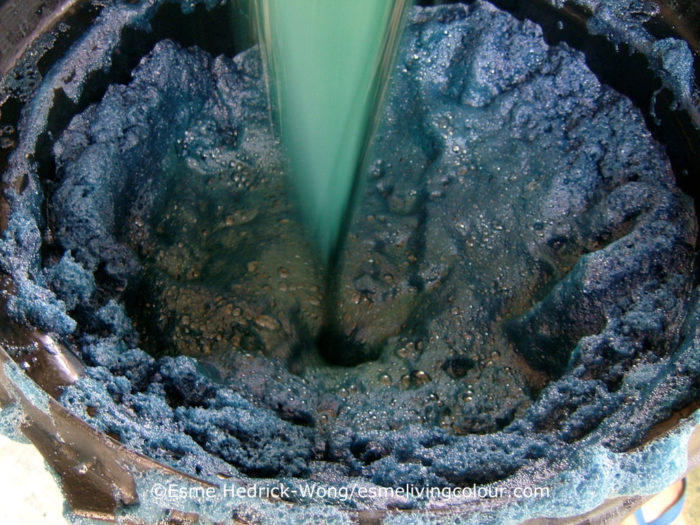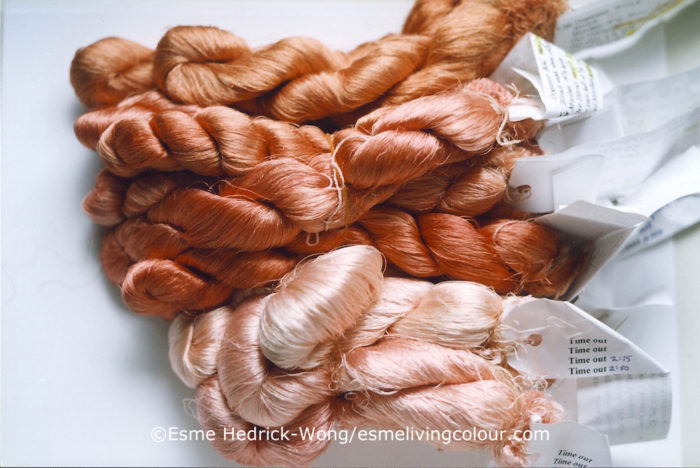NATURAL DYES
In 1996 while working in Bangladesh as a fashion design consultant, I visited a handloom weaving workshop. By chance, I came upon a collection of naturally dyed silk yarn. The colours of these yarns had a depth, richness and luminescence that I had never seen before. During the seventeen years I designed women’s wear I had been searching for such colours. Upon seeing synthetic and naturally dyed yarns side by side, it was evident that the tones of the synthetic yarns were harsh and flat whereas the naturally dyed yarns were subtle and richly nuanced.
This chance encounter on that pivotal day started a natural dye colour odyssey, taking me to cities and remote villages across Asia in search of people with the knowledge of traditional natural dyes. On this journey I have had the privilege to meet a rare group of artisans who feel that the process of growing, harvesting and creating naturally dyed colours is as important to the final creation as is the design itself. This is a view that I have come to embrace as well.
It is distressing to know that for many people natural dyes conjure up an image of dishwater-like dull hues that easily fade to nothingness. Or some may have experienced their skin turning blue after wearing a piece of poorly prepared indigo-dyed clothing. These are typical examples of how degraded the knowledge of making a vibrant array of colourfast colours from plants has become in just a few generations. And yet natural dyes were used to create magnificent medieval tapestries, elegant Persian rugs, and sacred Andean textiles that are thousands of years old. In China, sumptuous naturally dyed brocaded silks were sought after like gold. And in India, dyers jealously guarded their complicated dye recipes, the most famous ones being an indigo blue and ‘Turkey Red’ that made cotton chintz fabrics in the 18th century all the rage.
Upon seeing the naturally dyed yarns in Bangladesh I immediately envisioned a stunning textile collection but just as quickly realized it would be no mean feat. Experienced textile producers all believed that colour consistency would be impossible to achieve using natural dyes nor would the dyes be stable. How then did dyers from 3000 years ago make them last? I was certain that customers in the past, like customers today were as fussy about getting the exact colour they wanted. I was convinced these challenges would be overcome by gaining a deeper understanding of traditional natural dye cultures and practices and I was keen to get started.
But how to get started when the dyers I knew would not reveal their methods. How did dried withered leaves make the most stunning gold? Or what could turn insoluble dried blue powder into a dye that dissolved into water? I also assumed that natural dyeing was environmentally friendly, not realizing that in a similar way to synthetic dyeing, heavy metal additives like chrome, copper and tin – each toxic and highly polluting – are often included in the natural dyeing process. These additives are used for two reasons, the first is to bind the dyes to the yarn and make them colourfast, the second is in the way they interact with organic dyes to produce colours like red, black, orange, green and blue. Creating dyes that are environmentally friendly and non-toxic was critically important to me. Was it possible to create a complete spectrum of beautiful colours that were colourfast, colour consistent, environmentally friendly and cost effective? Many years on I’m proud to say yes, it is indeed possible.
- Hmong indigo dyer from Sapa, Vietnam
- Tray of natural dyes
- Making indigo paste
- Naturally dyed silk yarn
- Esme Living Colour naturally dyed hand woven silk shawl
- Esme Living Colour naturally dyed hand woven silk shawl







